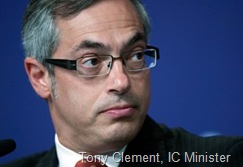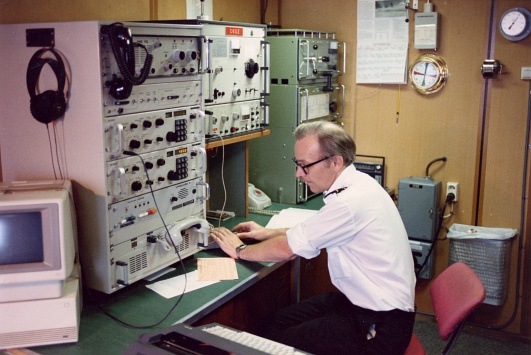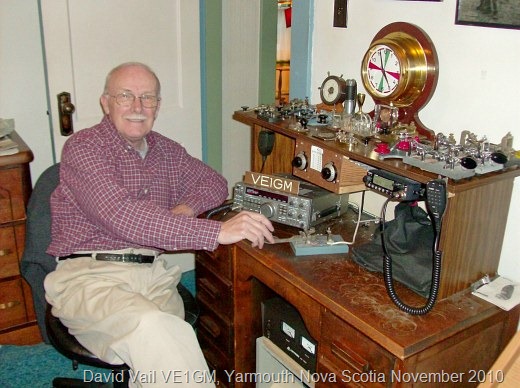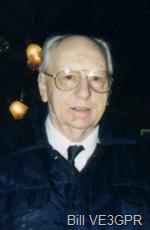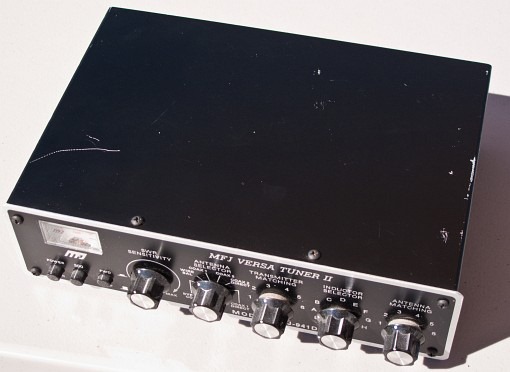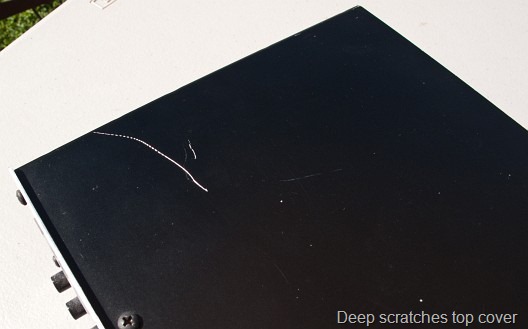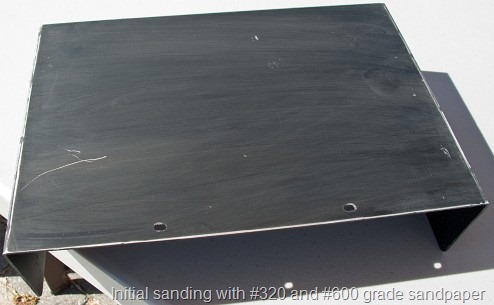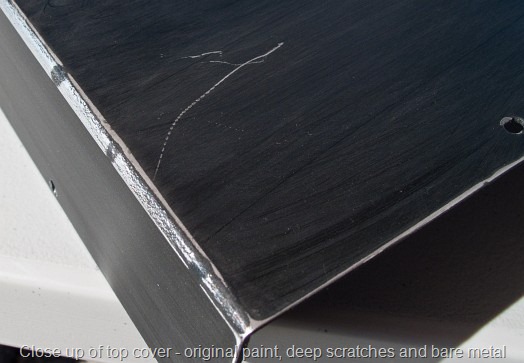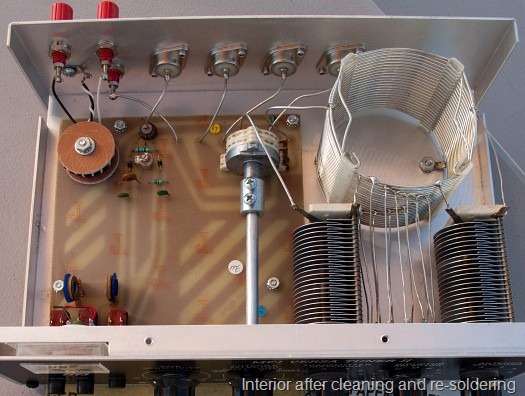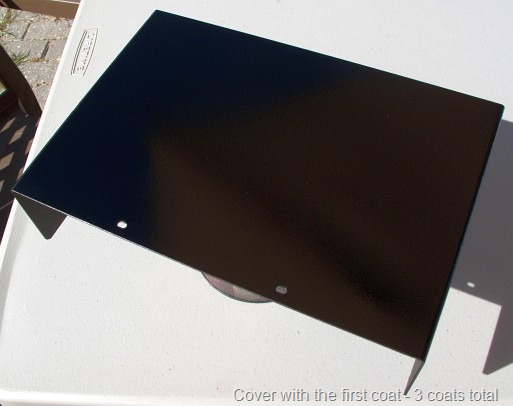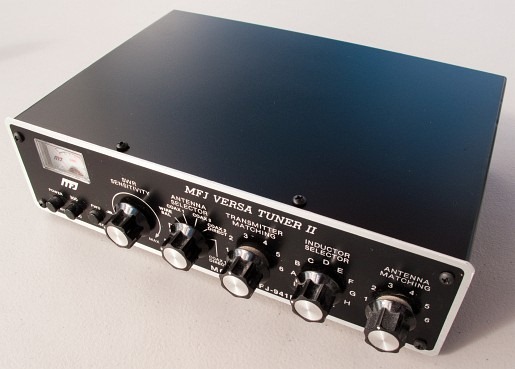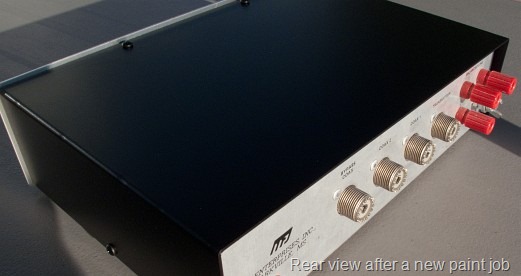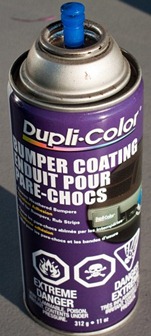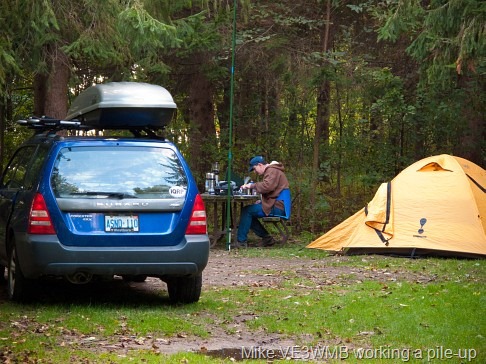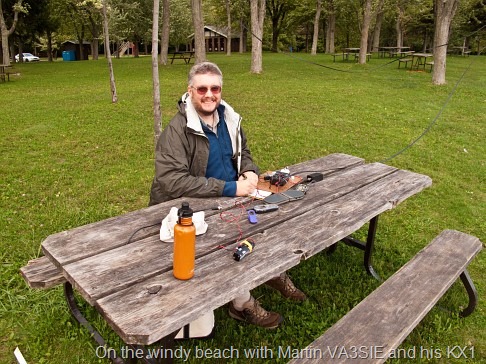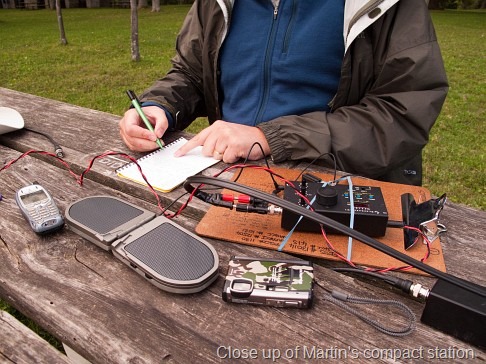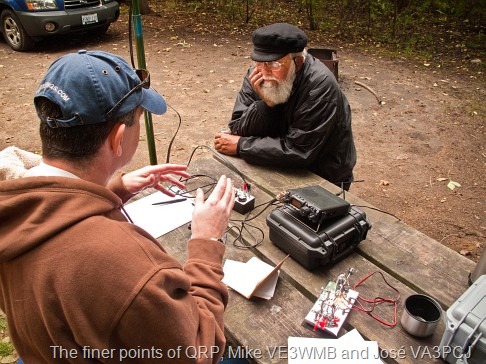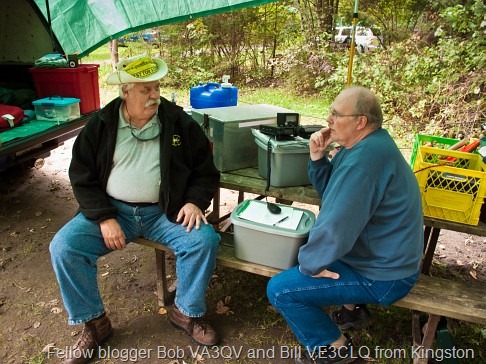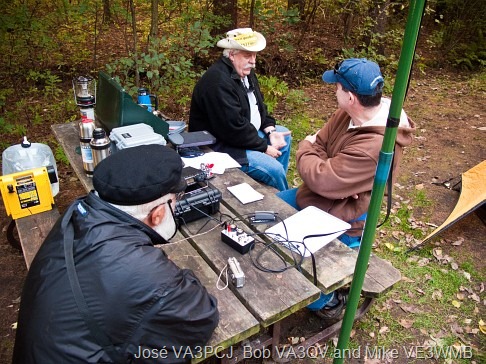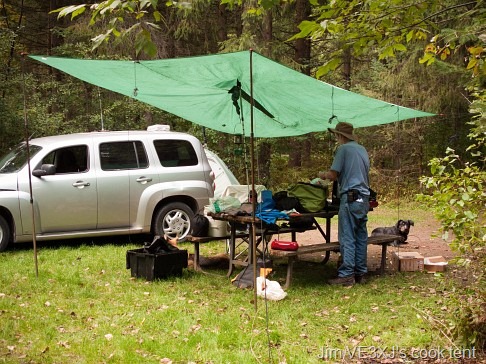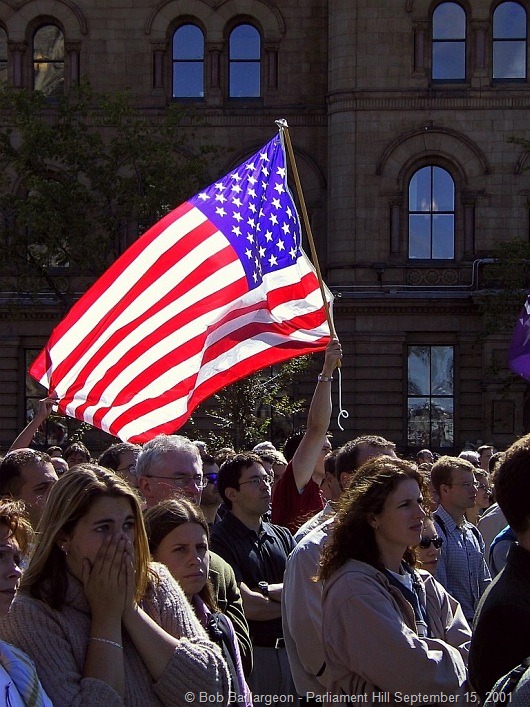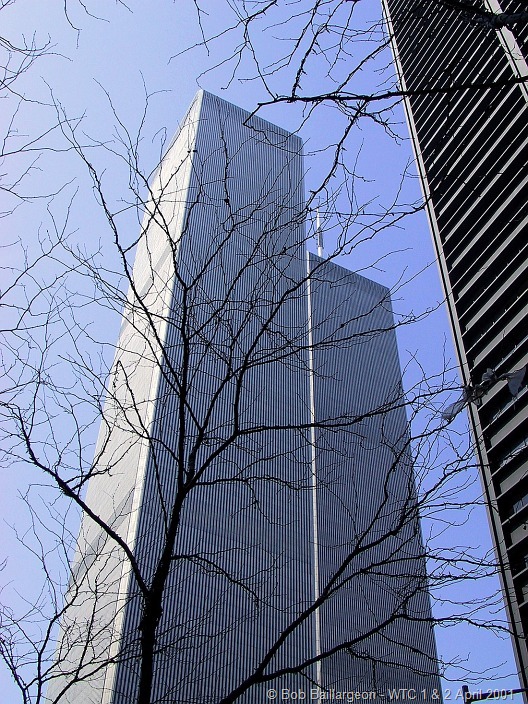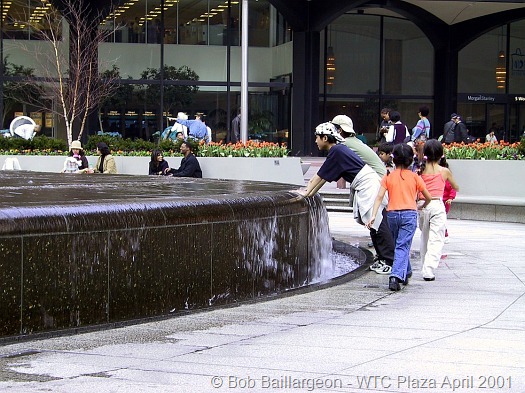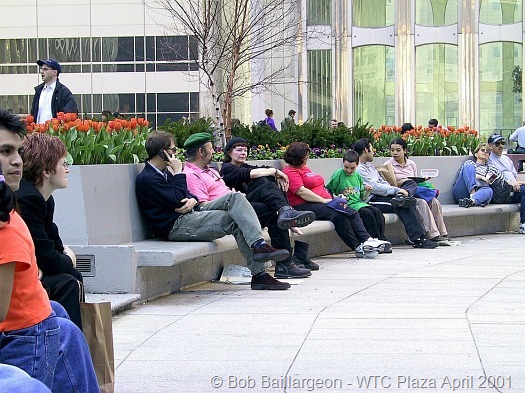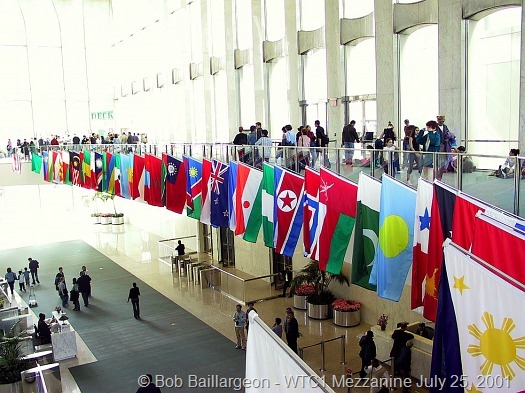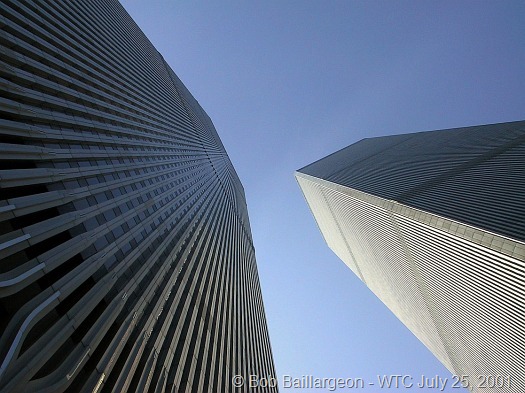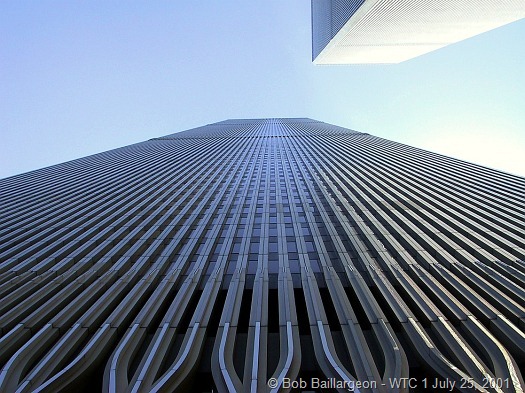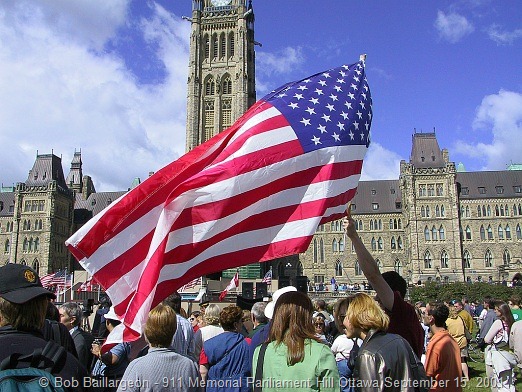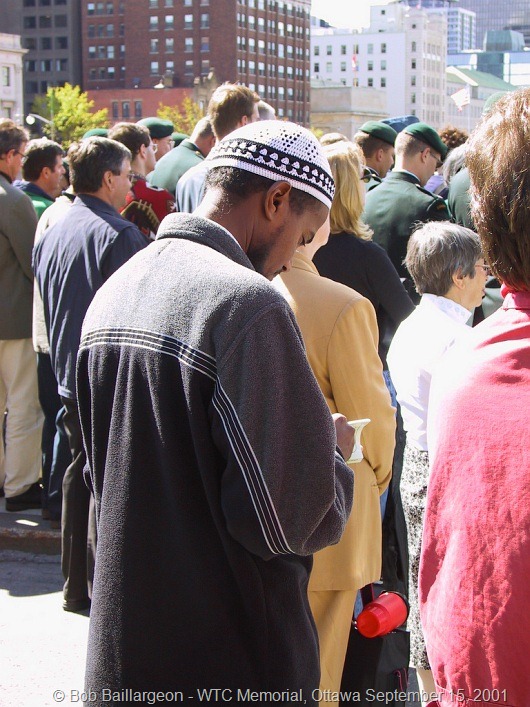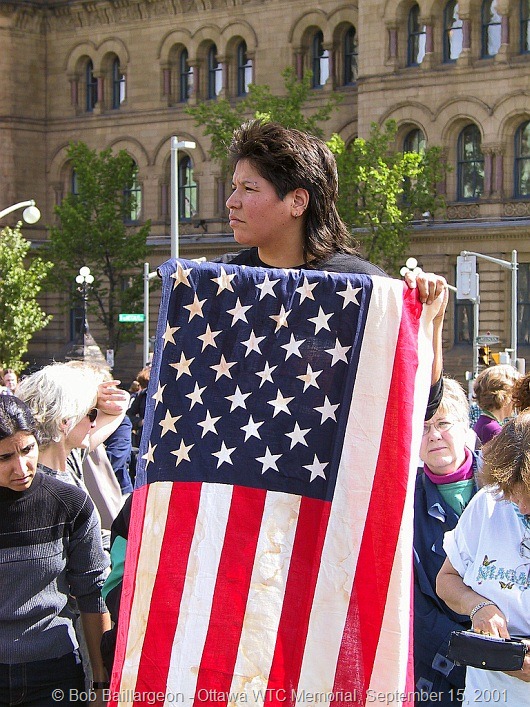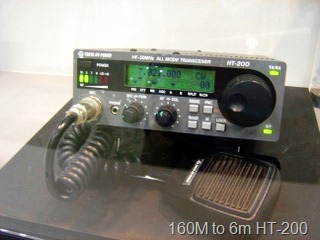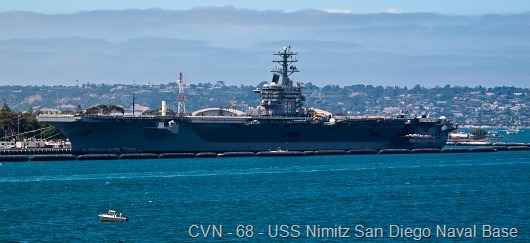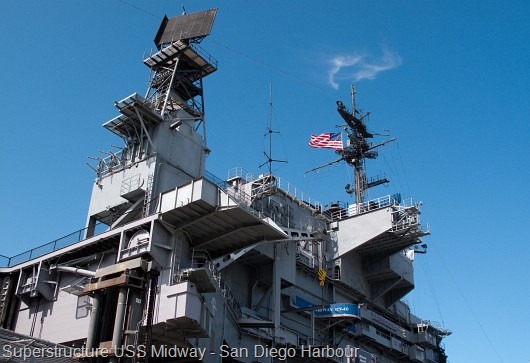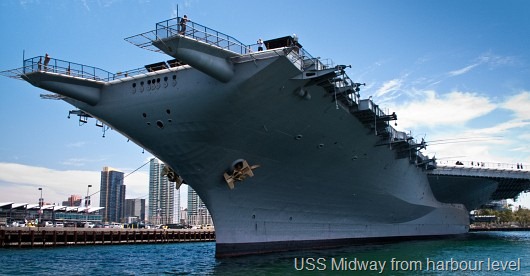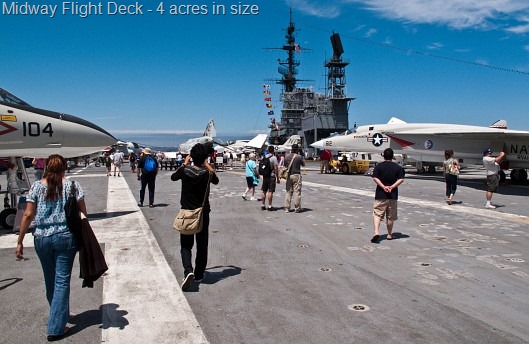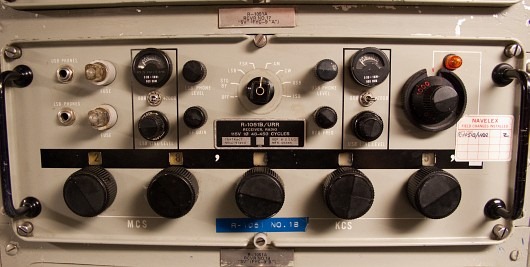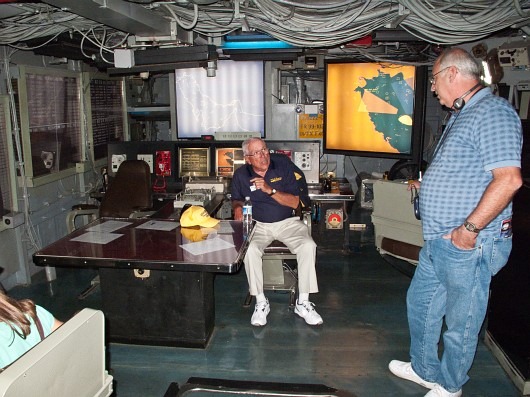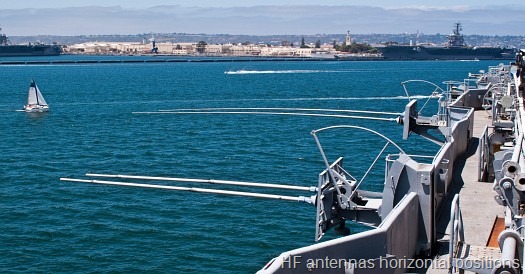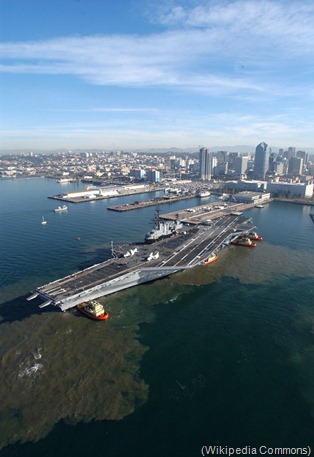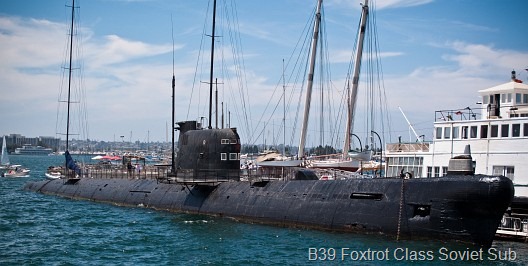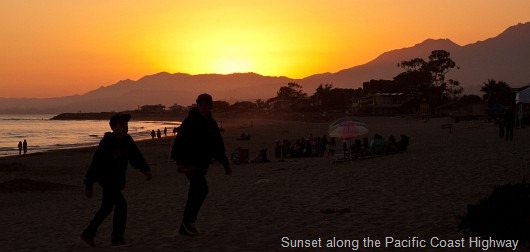RAC Bulletin 2010-09-14E
2010-09-10
Industry Canada advised both RAC and RAQI on Friday, Sept 10, 2010 that their Montreal office had authorized a number of 430 to 450 MHz frequencies and a single VHF frequency on 145.555 mHz. According to IC, frequencies were chosen to avoid known amateur repeater channels. These frequencies in the 70 cm and 2m amateur bands were temporarily authorized to support communications for many European entrants of a cycling event to be held on Quebec City and Montreal on Sept 10 and Sept 12 respectively. This type of authorized intrusion by Industry Canada of non-amateur communications in amateur spectrum is highly unusual and is a matter of great concern to Radio Amateurs of Canada. RAC will be taking the matter up with Industry Canada officials. RAC will be interested in knowing if actual interference has been caused to amateur communications; please report any observations to regulatory@rac.ca
Norm Rashleigh, VE3LC
Vice President, Industrial Liaison
All RAC members should have received this a few weeks ago. I did and was naturally quite upset about hearing this. I wanted to wait until I had more information about what actually occurred before publishing here. You, the readers of my blog can read on to see how this unfolded (so far!).
On September 12th I wrote to the President of RAC Geoff Bawden VE4BAW:
Subject: Industry Canada
Date:Sun, 12 Sep 2010 07:46:41 –0400
From: Bob Baillargeon VE3MPG
To: ve4baw@rac.ca
Good morning Geoff,
Could someone at RAC forward the original document from Industry Canada notifying RAC on Friday of the non-amateur use of the 440 and 2m frequencies? What immediate action will RAC be taking in this matter? I hope that RAC makes this a priority concern and I can assure you that all Canadian amateurs are watching this matter with great concern - well, I am anyway.
Thank you,
Bob Baillargeon VE3MPG
RAC member
I received no response from the President but did hear from Norm Rashleigh at RAC:
from:Norm Rashleigh <rashleigh@sympatico.ca>Sent at 16:34 (GMT-04:00). Current time there: 16:26.
to:bob.medialab@gmail.com
cc:gbawden ghbawden@shaw.ca
date:12 September 2010 16:34
subject:Use of amateur radio spectrum for non amateur purposes.
HI Bob..
Yes we do have the original e-mail correspondence from the Department.
We can forward it, but it was between the originator and RAC and I wouldn't necessarily want it on your blog or passed around.
We will be drafting an appropriate well worded response to the Department very soon and this will probably be something worthy of posting in TCA
Thanks for your concern in the matter.
Norm, ve3lc
And here was my final response to Norm and Geoff:
Hi Norm,
Normally I would agree with you on matters of correspondence, but in this instance I believe Industry Canada was writing to RAC rather than a private individual.
Since it was written to RAC, this matter, which is so important to the survival of amateur radio in Canada, must be a public matter, open to all members, to comment and debate.
It has been a common theme that RAC is in a state of crisis, which can be attributed to the state secrecy perpetrated by the executive. Membership has been declining for reasons such as this and we must change the way RAC leadership works in order to stave off the extinction of RAC and of amateur radio in Canada.
Please open up this issue and others to the membership. The executive is there on behalf of the membership, not the other way around. As a paid up member of RAC I believe I am entitled to receive a copy of this correspondence and to comment on it, either in my blog or in writing to you.
Sincerely,
Bob Baillargeon VE3MPG
I received no response to this email and I’ve been hearing from other bloggers that any emails to RAC concerning this matter are not being answered. What’s happening and what’s RAC doing? Nobody knows, not even paid up members of RAC.
On my own initiative I wrote to Industry Canada to find out the real story, the story RAC tried to keep a lid on. I received a response from Industry Canada this afternoon, September 29th, 2010. Here’s the detailed explanation on what happened in Quebec City and Montreal:
Dear Mr. Baillargeon:
Thank you for your email of September 13, 2010, concerning RAC Bulletin 2010-09-14E – Industry Canada Authorizes Commercial Activity on 2-metre and 70 cm bands.
From time to time, Industry Canada receives requests from foreign organizations for temporary authority to operate radio systems in Canada for short periods of time while their officials are visiting. These requests often come from foreign governments for diplomatic visits and from organizers of special events, including motor races and cycling events such as the UCI pro tour that took place in September.
As spectrum managers, our mandate is to manage the spectrum. In doing so, we try to ensure that these temporary users have sufficient access to the spectrum to conduct their communications in a manner that will assure the safety of their participants and spectators, while minimizing the potential for interference to existing users. However, sometimes the limitation of the radio equipment available to our visitors requires that we take exceptional measures in assigning spectrum.
One of the difficulties in accommodating these requests is that not every country allocates the radio spectrum in the same manner as we do in Canada. Many of these teams have existing equipment from their home countries that is set up on channels that are already allocated for a different purpose in Canada. However, if the Department's assessment indicates that the use of that spectrum here is unlikely to cause problems for our domestic users, we can issue non-standard authorizations to these visitors under the provisions of subparagraph 5(1)(a)(v) of the Radiocommunication Act.
Industry Canada considers several factors when making such decisions, but safety and interference are always prime considerations. In this instance, having reviewed the local use of the spectrum requested, we determined that harmful interference was unlikely. Given the short duration of the cycling events (less than four hours) in Quebec City and Montréal on September 10 and 12, and the sporadic nature of the communications, we issued a short-term authorization for 12 frequencies between 430 and 450 MHz. This is a shared allocation in Canada and a secondary allocation for amateur radio. Additionally, a single simplex VHF frequency was allocated for handheld radios (3 watts). The issuance of short-term authorizations in the VHF amateur band is exceptional and not undertaken lightly.
Notification to the local amateurs was achieved via the national organization representing amateur radio operators in Canada, Radio Amateurs of Canada (RAC), and the organization representing radio amateurs in Quebec, namely Radio Amateur du Québec (RAQI). The intent of the notification was to seek the assistance of the amateur community in advising us of any incidents of harmful interference that might result from this temporary authorization. Please be assured that when amateur spectrum is affected, the Department makes every effort to give the amateur community as much advance warning as possible, but sometimes we are working with very short time constraints.
We appreciate the positive relationship that Industry Canada has with Canadian amateurs who have a long history of providing emergency communication, as well as facilitating communication for various public events. We would like to assure Canadian amateurs that when amateur spectrum is temporarily used in such circumstances, it is done only after much deliberation, with the hope that amateurs will understand the rationale and will respond in a manner that facilitates the effective use of the radio spectrum.
Yours sincerely,
Michel Landry
Agent de gestion du spectre | Spectrum Management Officer
Industrie Canada | Industry Canada
1141, route de l'Église (5e étage / 5th floor )
Québec (Québec), G1V 3W5
michel.landry@ic.gc.ca
Gouvernement du Canada | Government of Canada
Here’s the subsection 5(1)(a)(v) from the Radio Communication Act mentioned in the Industry Canada response, for those not familiar with it:
MINISTER’S POWERS
5. (1) Subject to any regulations made under section 6, the Minister may, taking into account all matters that the Minister considers relevant for ensuring the orderly establishment or modification of radio stations and the orderly development and efficient operation of radiocommunication in Canada,
(a) issue
(i) radio licences in respect of radio apparatus,
(i.1) spectrum licences in respect of the utilization of specified radio frequencies within a defined geographic area,
(ii) broadcasting certificates in respect of radio apparatus that form part of a broadcasting undertaking,
(iii) radio operator certificates,
(iv) technical acceptance certificates in respect of radio apparatus, interference causing equipment and radio-sensitive equipment, and
(v) any other authorization relating to radiocommunication that the Minister considers appropriate, and may fix the terms and conditions of any such licence, certificate or authorization including, in the case of a radio licence and a spectrum licence, terms and conditions as to the services that may be provided by the holder thereof;
I would urge all of you, members of RAC or not, to contact his or her Member of Parliament and let them know how you feel. RAC only has about 5,000 members out of a ham population of 56,000 in Canada. Therefore RAC does NOT represent the majority of Canadian hams. Most clubs are not even RAC affiliated. I doubt that RAC holds much sway with Industry Canada. It’s up to us Canadian amateurs to protest loudly to our representatives in government.
Some comments from the blogosphere and on public forums >>
“I believe this is a test to see what spectrum can be grabbed; in this day and age of narrow band trunking and digital communications there is absolutely no need for any incursion into the Amateur bands. Also hearing of the technical ability's of inspectors in Canada perhaps you should be pushing for standards for inspectors just like there are standards for other law enforcement officers; just a thought!” – KF5EQB
“Non-qualified persons may use an amateur radio station provided a qualified operator is in attendance to perform the control functions.” – Industry Canada
“If you Americans want to help.... good luck. IC couldn't care less what someone in another country thinks. And as for “our” national organization.... read: deep sigh.... they're the kind of people who would bring a knife to a gun fight.” – a Canadian ham
Thank you all for reading this far. I would hope that any members of the RAC executive read my previous blog post about RAC’s problems. Here’s the link:
“We Have Met The Enemy And He Is Us” – a little about ‘dinosaur disease’.
The event in Montreal and Quebec City – and the event partners.
Peter VE3HG’s Blog posting response
